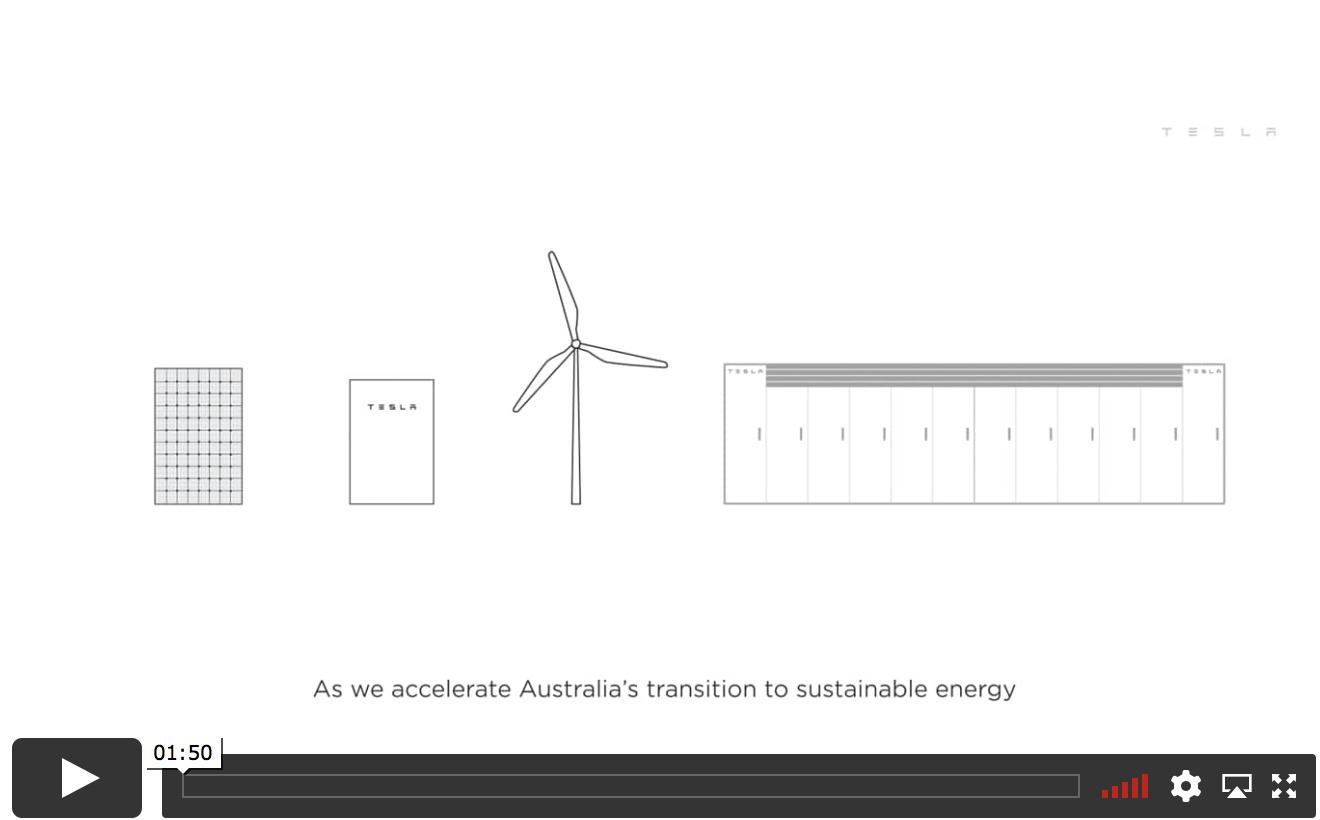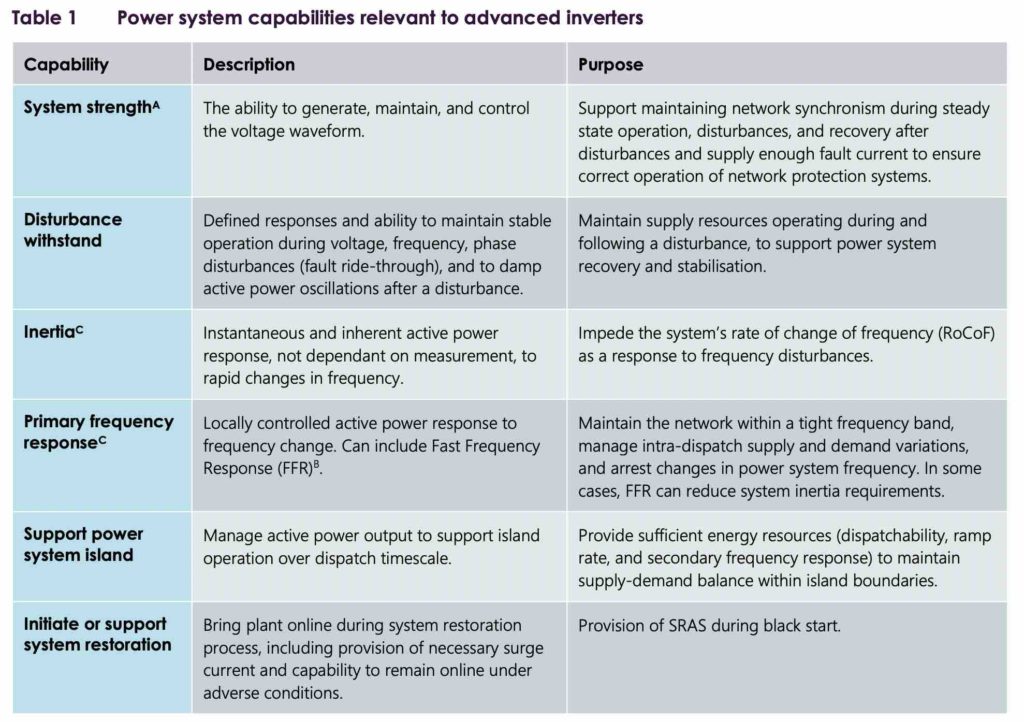The transition to renewable based grids is accelerating rapidly, particularly in world-leading states such as South Australia, which took another big step towards a grid powered uniquely by wind and solar, with no fossil fuel back up.
South Australia is already running on a share of 62 per cent wind and solar, uniquely for a gigawatt scale grid, and regularly reaches “net 100 per cent” renewables when its wind and or solar resources exceed local demand. The excess is exported to Victoria or stored in batteries.
Some time over the next 10 years, as early as 2025 in some scenarios, there will be enough wind and solar in the local grid to deliver on the state Liberal government’s target of “net 100 per cent” renewables.
That scenario will require some level of storage, and possibly even fast-start gas generators to switch on a few days a year if there isn’t enough. But one question for market operators has been on how to replace the fossil fuel generators that provide the key grid services such as system strength.
The answer seems to be battery storage. These versatile machines, despite being mocked by the Coalition government and conservative techno-phobes, already deliver services such as frequency control and inertia.
Now they are proving they can mimic rotating machines by delivering system strength, meaning that in South Australia there may soon be no reason to use fossil fuels at all for the delivery of those systems services.
Tesla, possibly the leading proponent of battery storage in Australia to date, and responsible for more than half of the current big batteries in the main grid (Hornsdale, Lake Bonney, Gannawarra, Bulgana, and the new Victorian Big Battery and Wallgrove) has recently posted a fascinating video over what they can do.

Source: Tesla.com
The key is the software management tools. The new element is the ability of inverters to operate in what is called Virtual Machine Mode can provide inertia and fast acting voltage to support regions of low system strength.
As Tesla notes in a recent submission to market regulators, the Rotating Machine Model component of Virtual Machine Mode responds to fluctuations in voltage with a countervailing current response.
If voltage suddenly drops, the machine model will inject reactive current temporarily in response. This can smooth and stabilise voltage in regions of low system strength.
As the inverter’s inertial response is created by the inverter controls, it can be modified based on the grid’s needs (unlike traditional generators that have a fixed inertia constant based on their physical characteristics).
It says the virtual machine model is a flexible feature that can be enabled or disabled as required. Its parameters can have multiple configurations and can be tuned to obtain the desired dynamic behaviour for the grid.
Tesla technology, of course, is not the only one that can do this, but they are pretty good at explaining it. The Australian Energy Market Operator has recognised the different functions that battery inverters can perform and is keeping a close eye on developments.
It’s a fascinating but largely misunderstood part of the grid transition. These battery inverters will provide the glue for a redesigned grid, and will not only feature in big battery installations, but in community scale batteries, home batteries, and even electric vehicle batteries.









